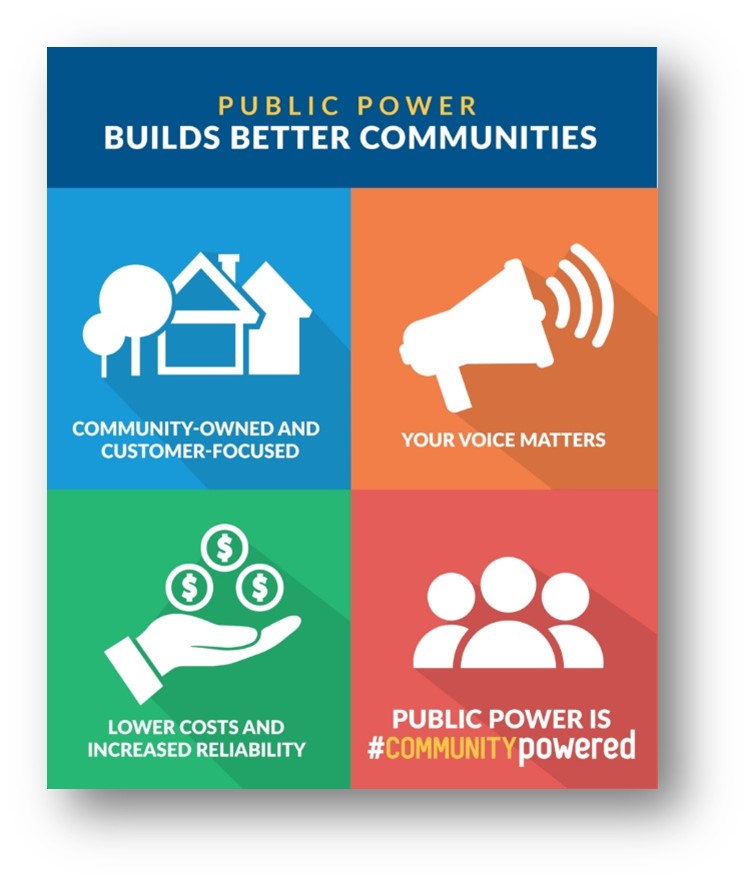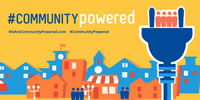Community Powered

Community-owned, not-for-profit public power utilities like PWC power homes and businesses in 2,000 communities — from small towns to large cities. They safely provide reliable, low-cost electricity to more than 49 million Americans, while protecting the environment. Public power utilities serve customers in 49 states —all except Hawaii — and the territories of American Samoa, Guam, Northern Mariana Islands, Puerto Rico, and the U.S. Virgin Islands.
WHAT IS PUBLIC POWER?
Public power is community power. That means the decisions about how the electric utility is run are made by people who live and work in the community, not corporations. Public power utilities are rooted in and committed to the communities they serve, and invest more than $2 billion annually directly back into the community. Here are four main benefits of being a public power provider:
Local Governance and Regulation
- Owned by the community and run as a division of local government.
- Governed by a local city council or an elected/appointed board.
- Citizens have direct voice in utility decisions and policymaking.
- Business is conducted in the open and citizens know how/why decisions affecting their utility bills are made.
- In general, a governing body (city council or independent utility board) has authority over retail rates.
Affordable
- Not-for-profit entities that provide electricity at the lowest rates.
- Public power homes pay nearly 15% less than homes powered by private utilities.
- Businesses also pay less.
Reliable
- Lose power less often.
- Likely to be without power for just 59 minutes a year (private utilities = 133 minutes a year) (provided there are no major adverse events).
Giving Back
- Serving the community is top priority.
- Embedded into the fabric of their communities and support a range of community programs.
- On average, public power utilities pay 5.6% of electric operating revenues back to the community (through taxes, fees, and special services).
- Gives 33% more back to the community than private utilities.


